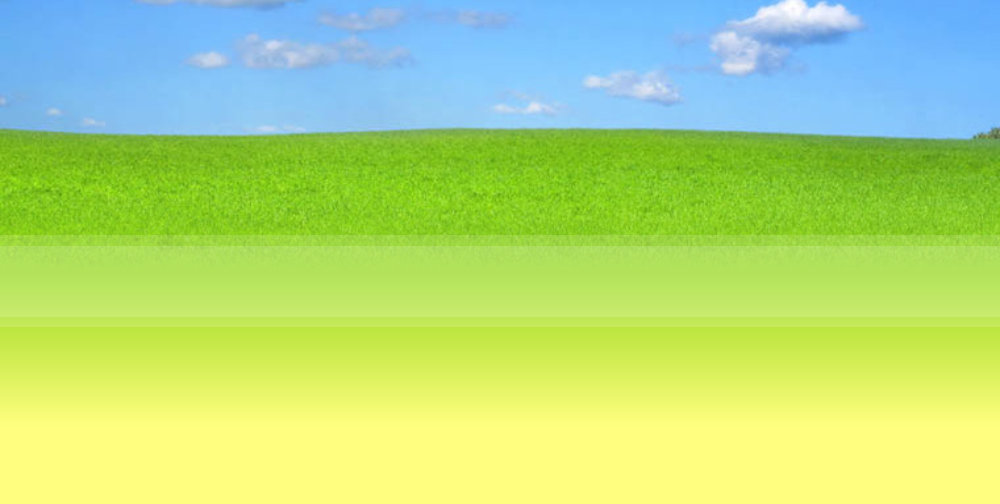
COX’S CLIFF TO BRANSCOMBE MOUTH The coastal path climbs up through trees to a world of golden gorse where butterflies abound – the speckled wood, the meadow brown and wood-wit all dart by and, at our feet, the celandine, red campion and primrose can be found. Behind the sheep fields and white hawthorn mounds are remnants of times gone – the ramparts of an iron-age, for this was Berry Camp, a watching place above the cliffs, a cemetery for chiefs, with views to east of Salcombe and High Peak, and west to Beer stone and out across the rippling tide, outline of Berry Head. Beyond, we find a red washed seat, memorial to Brian Webb, who died three years ago, and loved this place, we’re told. Daffodils grow beside his bench and falcons range above, From here you see, quite clearly, how triassic red stone shifts through yellow sand to cretaceous white revealed in land- slipped cliffs. Now rested, we walk eastwards along the acorn path. Our way is marked by posts and styles and timber kissing- gates. It leads us down by way of woods to Branscombe’s west cliff hill. “Is that a church tower hidden there, below the oak-tree boughs?” “Yes, that is Branscombe vale, but we are high above.” “Was this a quarry for those stones, when that old church was built?” “It could have been. Most likely so, hewn out of local stone, For Branscombe is an ancient place, and dreams of long ago. St. Winifred was patron saint, a saxon maid, they say, and this white stone was valued and sought from far away.” We paced downhill on log-made steps, went through a wicket gate, and crossed a field, pitted by moles - (or were they voles?) trod carefully, as we went. Mid-day was warm now on my face, the wind was at my back, the combe was resting below trees, The swish of surf on lazy rocks told us our walk was done. We’d earned a drink at the thatched beach bar, where the children danced and ran.. And sitting there. my thoughts went back to an earlier day last year. I ‘d driven down lanes to Branscombe on a dwindling afternoon, to crunch the mound of shingle beside an ebbing sea. “The Napoli” beached off the headland rolled brooding on the tide, was this a monument to folly, or a testament to pride? And memories came flooding of the news the papers gave how the men had all been rescued but the cargoes were no more and ancient passions rose again to roam and rob this shore. Is Branscombe still a haunted place? Do customs linger on? Is sea booty a welcome prize and something to be won? The anchor of the Napoli is now on proud display, a symbol of the wrecks of time that strew the south-west bays. But on the afternoon I came, the sea had an oily cast, and mirrored in the waters were glints and hints of gold, as if to tell of riches lost and plunder found, today and long ago. A plaque now tells of treasure seekers, who came from far and wide. Yes, Branscombe is a haunted place, a joyous summer hide, but when night falls in winter – a lonely place to bide. The ghosts of fears down long lost years are echoed on this coast. This is a shore of shipwrecks, of night–time squalls and secret hauls of watchers on the cliff, of riding men, of sailing men and booty on the beach.

© Noel Harrower 2018

Website by Rob Masding






















